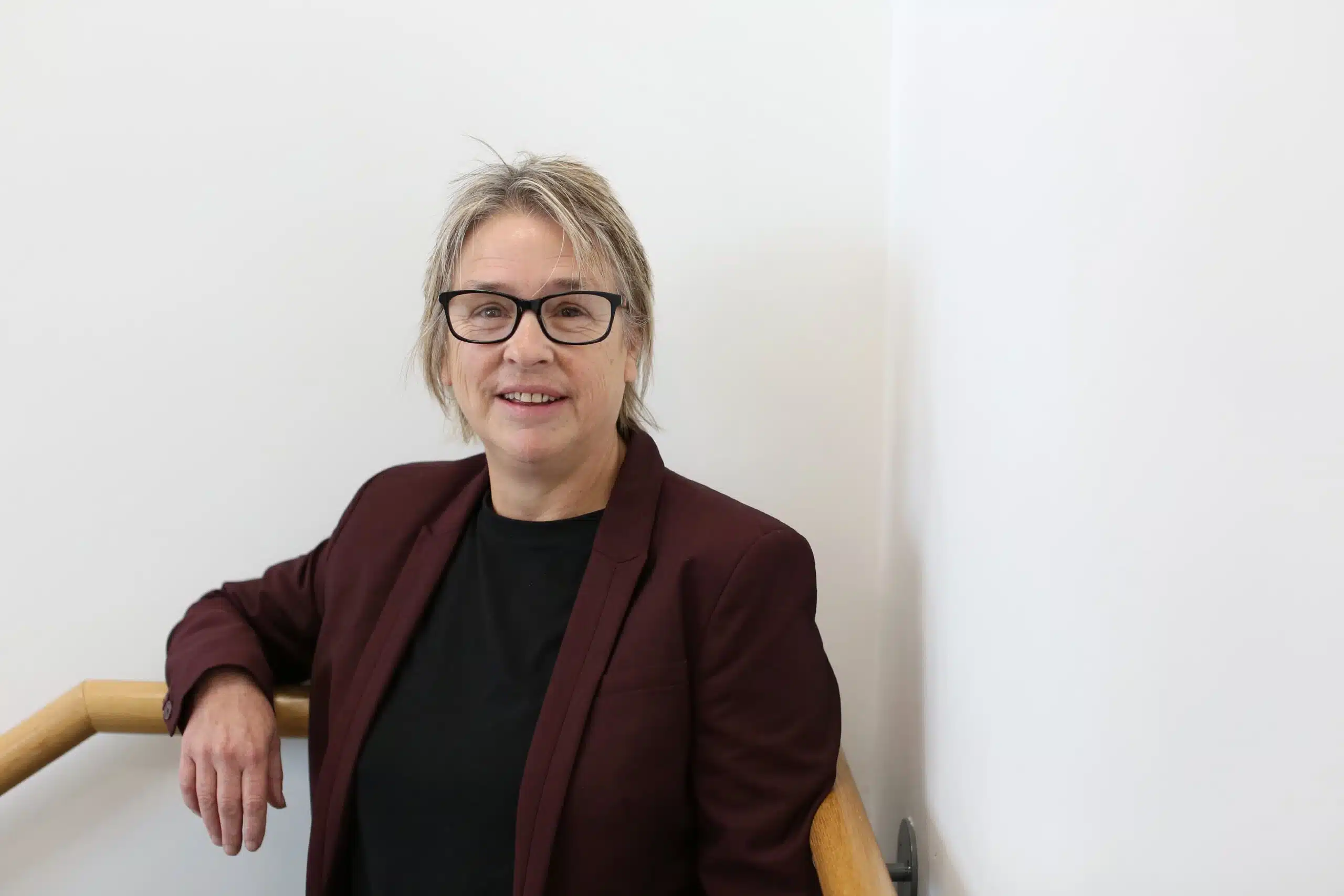WillisPalmer’s Head of Operations, Harriet Jannetta on working with children who may be the victims of child sexual exploitation (CSE).
Our decision to highlight the subject of child sexual exploitation within the March issue of Children First was made because, whilst high profile prosecutions such as those in Rotherham (2010), Oxford (2013) and the Buckinghamshire case at the Old Bailey (2015) have placed the issue firmly at the centre of child protection - it is clear that with emerging information, and greater understanding about child trafficking and gangs the need to protect children and young people from harm and neglect is ever more challenging.
In February 2017, the government agreed on a new definition for child sexual exploitation: “Child sexual exploitation is a form of child sexual abuse. It occurs where an individual or group takes advantage of an imbalance of power to coerce, manipulate or deceive a child or young person under the age of 18 into sexual activity (a) in exchange for something the victim needs or wants, and/or (b) for the financial advantage or increased status of the perpetrator or facilitator.
“The victim may have been sexually exploited even if the sexual activity appears consensual. Child sexual exploitation does not always involve physical contact; it can also occur through the use of technology.”
The guidance that accompanied the launch of this definition stated: “Child sexual exploitation is a complex form of abuse and it can be difficult for those working with children to identify and assess. The indicators for child sexual exploitation can sometimes be mistaken for ‘normal adolescent behaviours’.
It requires knowledge, skills, professional curiosity and an assessment which analyses the risk factors and personal circumstances of individual children to ensure that the signs and symptoms are interpreted correctly and appropriate support is given. Even where a young person is old enough to legally consent to sexual activity, the law states that consent is only valid where they make a choice and have the freedom and capacity to make that choice. If a child feels they have no other meaningful choice, are under the influence of harmful substances or fearful of what might happen if they don’t comply (all of which are common features in cases of child sexual exploitation) consent cannot legally be given whatever the age of the child.
“Child sexual exploitation is never the victim’s fault, even if there is some form of exchange.”
The overall findings of the Serious Case Review undertaken by Oxford in February 2015 were that there was of a lack of knowledge and understanding around a concept (of CSE) that few understood it or how it could be tackled. A lack of understanding led to an insufficient enquiry. This is why it is so important that all of us have a duty and responsibility to keep abreast of new developments around child sexual exploitation and ensure that our understanding remains current.
The true scale of sexual exploitation is unknown, and it is recognised that while not all children and young people will be victims, all must be given the confidence and resilience to identify risky relationships and develop healthy ones. No child is ever to blame for their abuse, regardless of their actions, and adults must be aware of the issue and confident to identify and respond, regardless of the sexuality and gender identity, ethnicity, faith or disability of the child concerned.
The fact is that CSE can affect all children. It is not specific to race or gender and we must never stereotype and focus on the CSE model that is so prevalent in the media. In their 2016 report “It’s not on the radar,” Barnardo’s states that: “Children and young people with a disability are three times more likely to be abused than children without a disability.”
The sexual predators who perpetrate this horrendous and horrific crime also originate from all ethnicities, ages, gender and socioeconomic backgrounds and it is essential that we recognise this. Naivety, prejudice and incorrect assumptions need to be challenged, without this then there is a potential that those who are being exploited using different models may not be recognised.
My intention in writing this is not to teach you all to suck eggs but just to remind you that when working with young people who are disengaged and chaotic, our role is to persevere and show patience. However many times we are told to go away, we must always keep going back. Many of the young people that we work with do not accept that they are at risk but we must see them as vulnerable and in need of protection and not focus on their challenging behaviour. Most importantly we must remember that CSE can happen to anyone and our role is not to judge.
Are you interested in the topic of CSE? Are you looking to undertake training on this? Why not book on to our 'Child Sexual Exploitation (CSE) Training' Course on 26th June 2018. For more information, can be found on our training page.
If you haven't already, why not read our interview our CSE Trainer, Linda Helliar.



